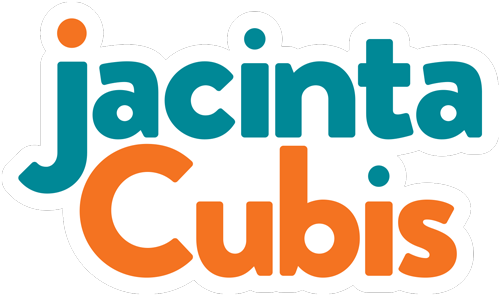Mix it up: cognitive and visual diversity
Biodiversity took a massive hit in Australia’s recent bushfires. Scientists are still assessing the impact on our flora and fauna.
You don’t have to be a scientist to appreciate the value of diversity – in nature or in people.
It is a recurring theme in community workshops, both in content and in terms of who is in the room.
At one workshop, a woman spoke about how much she loved the gum trees in her local park, “…but we need a mix. We need smaller trees, so kids can play and ‘get amongst it’. And ones that attract reptiles and smaller birds.”
At another, a young man talked about his fears that his neighbourhood will become more exclusive. “I want more mixing of people from across the social strata,” he said.
And like the engagement practitioners I work with in organisations, other participants lament the lack of cultural and demographic diversity in the group.
😟 “It was a productive discussion but it would have been good to have some more diversity in age.”
😟 “All but one person was Caucasian.”
😟 “…white middle class often speaks up…I would have liked to see more diversity.”
Engagement practitioners everywhere face the challenge of attracting different voices and varied ages, cultures and backgrounds to community consultations.
Even the robust recruitment process for citizens juries, which are usually well-funded, can struggle to reach some groups. I remember taking a phone call from a slightly panicky engagement officer when I worked at a university. She hoped I could help her reach out to a large group of young people to participate in a random selection process for their jury – fast. They couldn’t reach enough through the usual avenues.
It’s a struggle to get demographic diversity, so I’m a little reluctant to add another factor to the mix – cognitive diversity.
Matthew Sayd explores this extensively in his book, Rebel Ideas. He says that as we look more to groups to solve our complex problems, cognitive diversity is critical to the collective intelligence that groups need to come up with solutions.
He describes cognitive diversity as ‘…the differences in perspective, insights, experiences and thinking styles.”
So how can we recruit for cognitive diversity in community engagement processes? Identifying visual diversity in a group is one way.
If you’re a regular reader of my articles, you’ll know that I’m working with #Facilitography – the intersection between facilitation and photography, and the use of photography in facilitation.
On reading Sayd, I think I’ve found another valuable use for photography in facilitation. It can be used to recruit for visual diversity in groups. Because how we see affects and reflects what we think.
Last week, I wrote about how community members sent in two photos of their area. There was enormous diversity in the visual interests of people from the same geographical area. It was the basis for a purposeful and engaging activity at the workshop.
But it could have also helped with recruitment, ensuring that there was a mix of visual perspectives in the group.
Breakthrough ideas and solutions result when people in a group see things differently. Sayd refers to one study from Columbia Business School that proved teams with diverse views ‘…got the right answer 75 percent of the time.”
How do you see it? Connect with me here if you’d like to explore this idea with me.
This week’s #Facilitography exercise takes a leaf out of Sayd’s book:
Try this at your workplace, school or in your apartment block. The more people who play, the better. The instructions for everyone are:
📷 Take a photo of something you like about the area around your home, work or school.
📷 Take a photo of something you don’t like.
📷 A week later, get together over lunch or coffee at work, or at the next owners corporation meeting in your apartment block, and share your photos.
Are the photos different or the same? What’s the extent of visual diversity in the group? Is that reflected in how your group works through problems together?
If you’d like to work together, here are 3 ways to get started:
1. Join me for an introduction to #Facilitography – there are only two left for Melbourne: 11 & 25 March, 5.30pm – 7pm
Details and book
2. Talk to me about #Facilitography Walkshop for your organisation. Experience how to use street photography with your stakeholders and communities. Comment below and get back to you with the details.
3. Get a copy of my Insights Paper, Read the room like a street photographer
It’s about why reading the room is vital for productive conversations and how to get better at reading the room with the help of your phone. Comment below I’ll send it to you.


